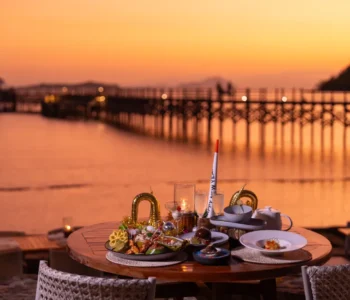One of the things that makes Balinese culture so sustainable is its flexibility and adaptability. It is not a rigid culture, intent Ghormenghast style, on preserving rituals in stone at all costs, but allows change to permeate and move forward.

This is reflected in Balinese dance, dress and architecture which I can see and (to some extent) understand and appreciate. I do not understand nor can I comment on the Balinese Hindu religious rituals which may be necessarily much more rigid. The design of the fabulous “Ogoh Ogoh”, the demon figures which are made for the night before “Nyepi”, the day of silence, have also evolved and now encompass modern “devils” – like Madonna!
But it is in architecture that the evolution has been most noticeable, with some modern hotels and villas evolving into beautiful modern structures but still reflecting the soul of Bali. Of course others which do not follow the culture of Bali, simply and totally fail.
Being Balinese doesn’t mean making a “ruko” (a shop house) or a concrete and steel villa and putting Balinese adornments on the roof. It means designing with the culture, at the heart of the concept the principles of their craft embedded in the creation. Sadly this does not always happen, as we can see all over the island.
But the good news is that Balinese culture, as a living, breathing lifestyle, will never die, it will evolve and change but preserve itself and its beauty forever, despite the frantic and desperate attempts by the Western World to smother it under a blanket of commercial and tasteless “progress”.










